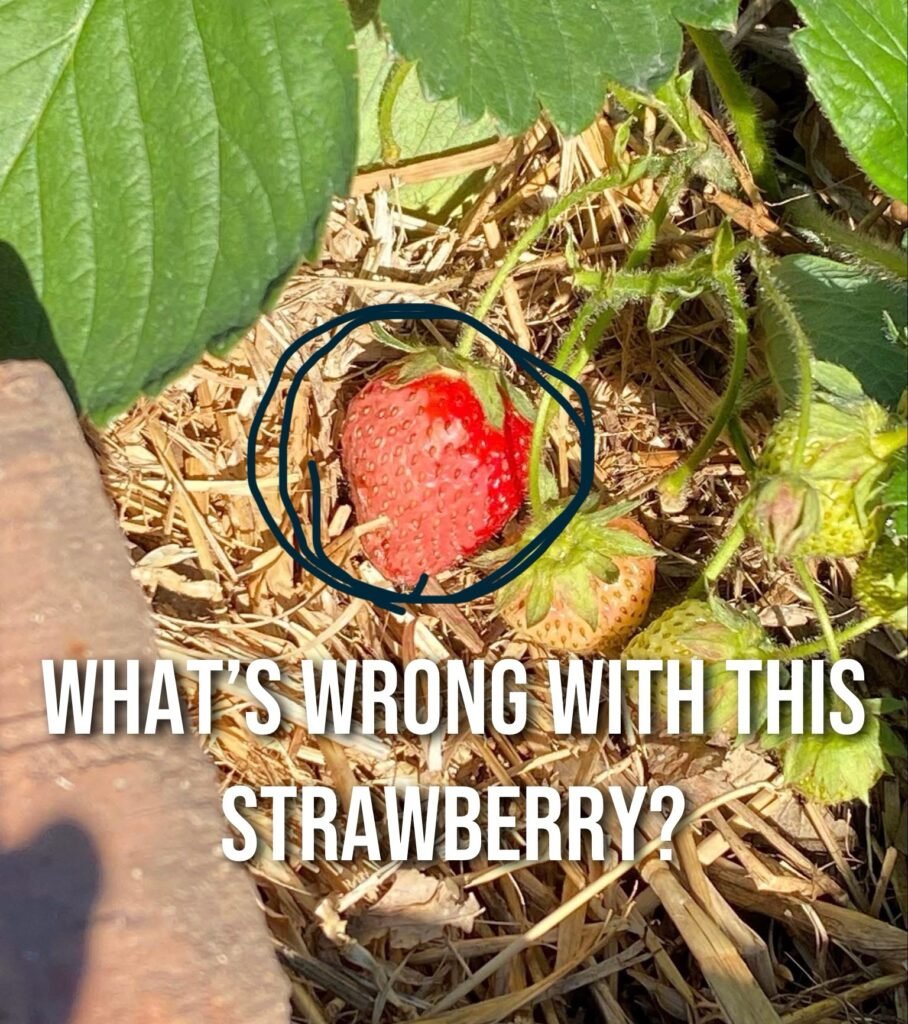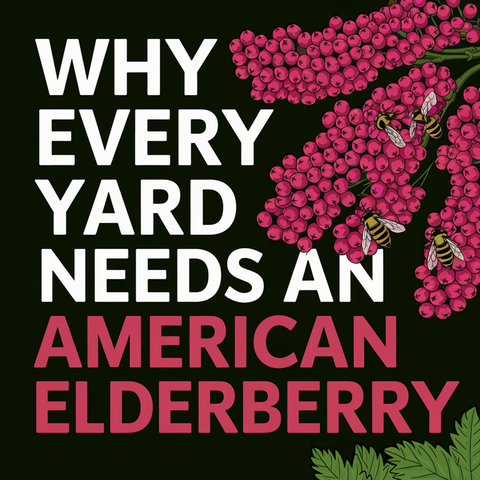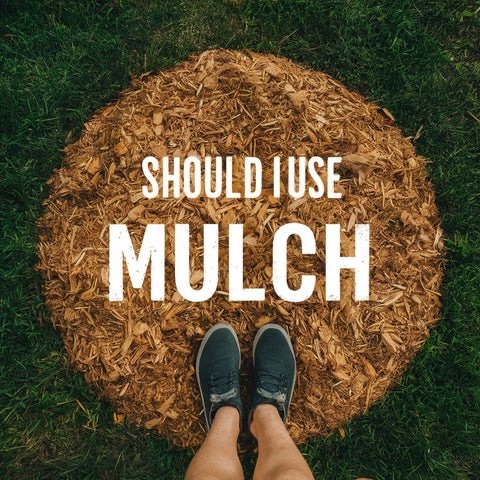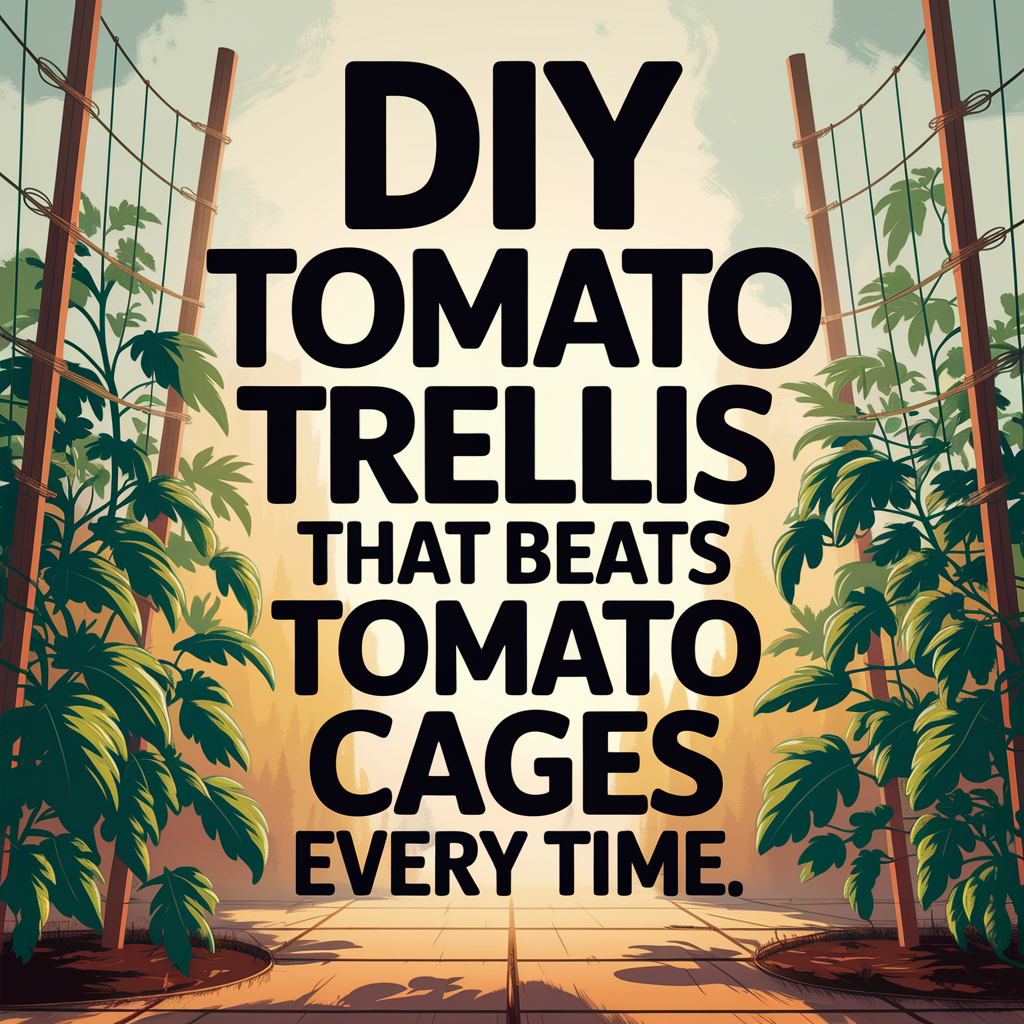
What Is Strawberry Sunscald and Why Does It Happen?
I was walking through our garden the other morning, just doing a quick check on the strawberries, and one caught my eye right away. Two of the berries on the plant were still green, but one was almost fully red—except for this weird pinkish, sunken side. It looked like part of the fruit just gave up halfway through ripening. That’s when I knew exactly what I was dealing with: strawberry sunscald.
Strawberry sunscald happens when the fruit gets exposed to too much direct, intense sunlight—especially during really hot or dry conditions. The outer skin starts to break down, and what should be a bright, glossy red berry ends up with pale, blotchy patches or worse—partially mushy spots that look sunburned.
In our setup, we don’t use row covers or shade cloths for strawberries. So when the sun hits just right, and there’s not enough foliage shading the fruit, sunscald can sneak in real quick—especially on the outer edges of the patch.
If you’re growing strawberries this season and notice damaged strawberry fruit or uneven ripening, there’s a good chance you’re dealing with this same issue. It’s more common than people think, especially in open fields or smaller gardens without overhead protection.
And if you’re just getting started with strawberries or want to see which varieties hold up best in full sun, take a look at our guide on exploring the most popular strawberry plants—we break it all down, plain and simple.

How I Knew It Was Sunscald (and Not Something Worse)
At first glance, I thought maybe it was a pest issue. But there were no holes, no chew marks, no signs of rot or mold. Just a dark red berry with one pinkish, dull-looking side that was a little soft. That ruled out common things like bugs or blossom end rot. And I know we didn’t overwater that day because we’ve had a stretch of dry weather lately.
The real giveaway? The side facing the sun was the part that looked off. The bottom of the berry—shaded by a leaf—was just fine. That’s classic sunscald on strawberries.
Here’s what to look for if you’re wondering the same thing:
- One side looks bleached or pink while the rest is red
- The texture might be slightly sunken or rubbery
- There’s no mold, holes, or major soft spots
- It’s usually the part most exposed to direct sunlight
In our experience here in rural Missouri, this tends to happen during long stretches of sunny days with little rain. And if you’re out in the country like us, your plants probably aren’t getting much shade unless you create it.
That’s why we’ve started incorporating companion plants like Rose of Sharon on the edges of our garden—it’s beautiful, draws in pollinators, and provides a little break from the sun for nearby plants.

How to Prevent Sunscald on Strawberries in the First Place
After seeing a few of our strawberries turn blotchy and pink from too much sun, I knew we needed to make a few easy changes—nothing fancy, just smarter growing. Preventing strawberry sunscald isn’t about adding more work, it’s about thinking ahead.
Here’s what we’re doing now that’s actually working:
- Let the foliage do the shading – If you over-prune your strawberry plants or space them too far apart, the berries end up too exposed. We started letting the leaves fill in more around the base, and it’s helped a lot.
- Mulch, mulch, mulch – We lay down a layer of straw mulch under the plants. It keeps the soil cool and protects the lower parts of the berries from reflected heat.
- Water smart, not just often – We switched to early morning watering so the plants have time to take it in before the afternoon heat hits. Overwatering can make things worse, but consistent, deep watering helps the plant stay healthy enough to resist sun stress.
- Grow varieties that can handle the heat – Some strawberry types are better at handling sun than others. If you’re still deciding what to plant, check out our top picks for strawberry plants—we’ve had good luck with those even in full-sun patches.
And for those who want to plant more than just strawberries, we often grow American elderberries nearby. They’re hardy, easy to manage, and give just the right bit of filtered light without throwing full shade.

What to Do If Your Strawberries Already Have Sunscald
Now, if you’re like me and you’ve already got a few sun-damaged strawberries on your plants, don’t panic. First off, not all is lost. A strawberry with sunscald might not look pretty, but it can still be perfectly safe to eat—if the rest of it is firm and ripe.
Here’s what I usually do:
- Harvest them early – If you spot sunscald starting, go ahead and pick the berry. The rest of it will ripen off the vine just fine on your kitchen counter.
- Use them for baking or smoothies – The texture might be slightly off, but they still taste sweet. I throw mine into cobblers or freeze them for smoothies.
- Don’t leave damaged berries on the plant – If a fruit is half-scorched and you leave it, it’ll just attract bugs. Best to pull it off and toss it to the chickens or compost pile.
And if you’re running your own homestead or backyard garden like we are, you might appreciate our simple DIY 5-gallon chicken waterer that helps keep your flock hydrated while you’re busy out in the garden.
It’s all about keeping things practical, even when a few berries don’t look perfect. That’s part of gardening—rolling with the punches and learning each season.

Is It Sunscald or Something Else? How to Tell the Difference
When you’re growing strawberries, there are a lot of things that can make your fruit look strange. So how do you know for sure it’s strawberry sunscald and not something like pests, disease, or watering issues? I’ve learned to watch closely and look for the little signs that help tell one problem from another.
Here’s what usually sets sunscald apart:
- It’s only on the sun-facing side – The side exposed to direct sunlight looks pink, pale, or a bit dried out, while the shaded side looks normal.
- No mold or rot – You won’t see fuzz, black spots, or a slimy mess like you would with gray mold or other diseases.
- Texture is leathery, not mushy – The skin might feel a little rubbery or sunken, not soft and rotting.
- It happens fast in hot weather – After just a few really sunny days, you’ll notice the change almost overnight.
Now, if your fruit is soft and leaking, or you’re seeing black or brown spots, that’s a whole different issue—usually rot, fungus, or bug damage. But if it’s just that weird pale pink side? You’re likely dealing with sunscald.
And speaking of common problems—if you’re raising other fruits or garden plants and running into bugs or weather stress, we’ve had good luck with shrubs like red twig dogwoods around the garden edges. They’re not just pretty—they also help buffer wind and sun, and they bring in the good bugs too.

How to Keep Your Strawberry Patch Thriving Long-Term
I’ve learned over time that the best way to avoid problems like sunscald on strawberries is to set your patch up for success from the start. That means more than just planting and hoping for the best. It’s about building habits and adding little layers of protection that keep your garden thriving all season long.
Here’s what’s worked best for us:
- Plant in a spot with morning sun and afternoon shade – Full sun is great, but afternoon sun in the middle of summer can get brutal. If you don’t have natural shade, use taller companion plants nearby.
- Add mulch every season – Keeps the roots cool, helps with water retention, and stops splashing that can lead to rot.
- Space your plants right – Overcrowding cuts airflow, while too much space exposes berries to direct sun. A happy medium makes a big difference.
- Use raised beds if your soil is heavy – This helps with drainage and gives you better control, especially during rainy stretches. Our backyard homesteading guide walks you through this and more.
- Rotate where you plant each year – Even in small gardens, moving your strawberry patch just a few feet helps avoid disease build-up and gives your soil a break.
And for those of you living in the country like we are—if your garden’s close to a dusty road, check out our picks for the best plants for gravel road dust control. Keeping the air clean around your plants helps more than you’d think.

Final Thoughts on Dealing with Strawberry Sunscald
If there’s one thing I’ve learned from growing strawberries year after year, it’s that no matter how well you plan, nature always has a surprise waiting for you. This season, it just happened to be strawberry sunscald. And while it might look bad at first, it’s really nothing to panic over.
That weird pale side or slight discoloration? It’s just a sign your plant’s doing its best under tough conditions. A little too much heat, a little too much sun exposure, and boom—you’ve got yourself a berry with a sunburn. But the good news is, you can fix it going forward.
Adjust your watering schedule, let the foliage shade the fruit, and don’t be afraid to add helpful companion plants or a layer of mulch. We’re still enjoying sweet, homegrown strawberries every week, and we’ve already made notes for how to tweak things for next season.
And if you’re just starting your own berry patch or planning for next year, make sure to browse our most popular strawberry plants—we only sell varieties we’ve grown and eaten ourselves, right here on the farm.
Even when the sun gets the best of a few berries, don’t give up. Gardening’s full of wins and lessons, and strawberry sunscald is just one of those things that teaches you how to grow even better next time.



